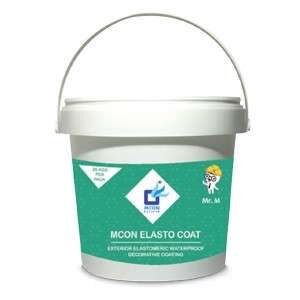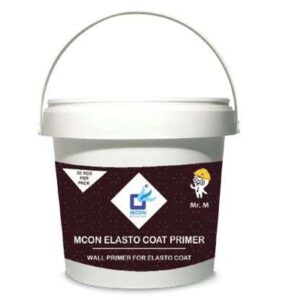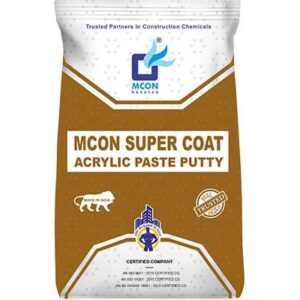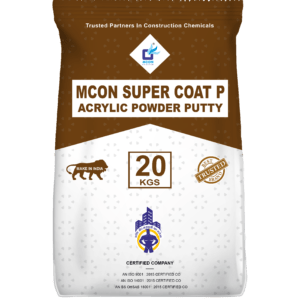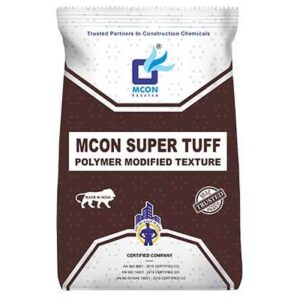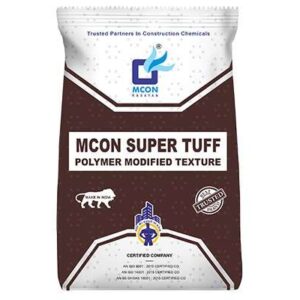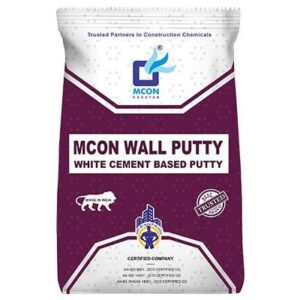Wall cladding serves as an effective method to safeguard a building from harsh weather conditions and other potential threats that could damage the structure. The process involves placing one material over another to create a protective layer covering the walls, a technique known as wall cladding.
The primary purpose of cladding is to act as a protective barrier, preventing water damage to wall finishes, interior components, and ensuring that water leakage, which could pose a risk to occupants, is managed appropriately.
One of the key advantages of using exterior wall cladding is its ability to provide long-lasting protection to a structure while demanding minimal maintenance










